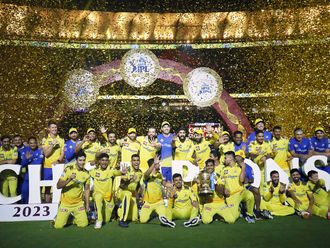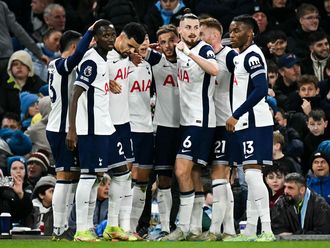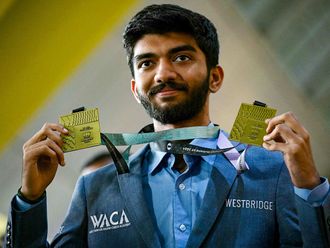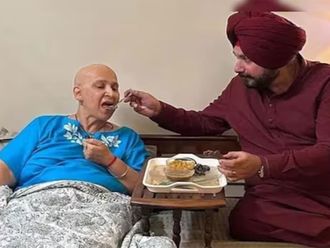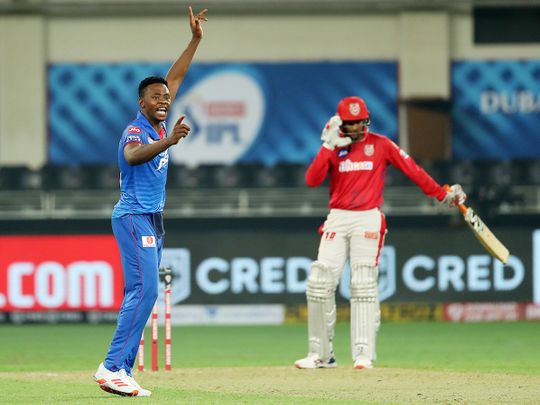
If you had watched the IPL 2020 match on Sunday, two events would have caught your attention. The Super Over and the short run. Delhi Capitals won in the Super Over after the game was tied: the scores were level after they played 20 overs each. Then there was the short run, an occasional occurrence in all forms of cricket at all levels. It mcost Kings XI Punjab the match and two points.
The Super Over makes a rare appearance only in the T20 format. It surfaced in the second match of the Indian Premier League in the UAE.
Regular cricket watchers would have seen it every now and then, and are familiar with the regulations that stipulate the conduct of the Super Over. But the occasional viewer would have been baffled. They said it was a Super Over, which means there would be six deliveries. But Kagiso Rabada of Delhi Capitals bowled only three. What happened?
The T20 cricket laws stipulate that the Super Over ends when there are two dismissals. That’s what happened on Sunday. Kings XI Punjab captain KL Rahul and Nicholas Pooran were dismissed in the space of three balls. And that marked the end of the Super Over.
For those interested, here are some of the regulations, drawn up by the International Cricket Council, which must be followed during Super Overs:
■ 2. The Super Over involves each team facing one over.
■ 3. The winner shall be the team that scores the most runs from its one over innings, irrespective of the number of wickets lost.
■ 4. The loss of two wickets in the over ends the team’s one over innings.
■ 5. Each team shall be allowed to make one unsuccessful Player Review in each innings of the Super Over.
■ 6. The team batting second in the match shall bat first in the Super Over.
■ 7. Each team’s over is played with the same fielding restrictions as for the last over in the match.
■ 8. If the Super Over is tied, then subsequent Super Overs will be played until there is a winner.
■ 9. Any batsman dismissed in any previous Super Over shall be ineligible to bat in the following Super Over.
■ 10. The bowler who bowled the over in the previous Super Over shall be ineligible to bowl the over in the subsequent Super Over.
Umpires are human, they make mistakes. After all, to err is human… But television replays catch them out. The short run signalled for Chris Jordan was a mistake. That’s what the replays show.
Why wasn’t it rectified? Because the current rules do not stipulate the intervention of a third umpire in the event of a short run. So it couldn’t have been amended. But that’s something ICC could look at it in future.
Yes, it may have cost Punjab the match. But their players had the chance to close out the match even after that.
What’s a short run?
It may happen when batsmen take more than a run. A batsman must ground the bat inside the crease before turning for another run. The umpire lifts his arm and touches his shoulder to indicate that the run was not completed.
■ 18.3.2 – Although a short run shortens the succeeding one, the latter if completed shall not be regarded as short. A striker setting off for the first run from in front of the popping crease may do so also without penalty.
With nine balls left in the Punjab innings, Chris Jordan ran for a two, but the umpire deemed that his bat never touched inside the crease while he turned around for the second. So the two runs became one. And the one run lost there mattered in the end. Because the match ended in a tie, and the result arrived in a Super Over.


